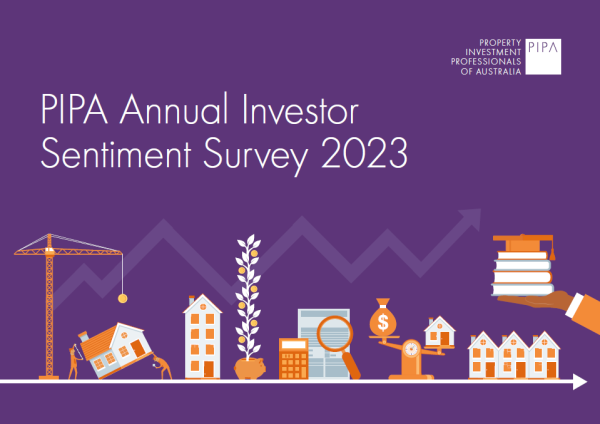Are you watching the clock
Apr 2024Karen Millers
Categories
Location ReportsMedia releasesNational market updatesPersonal advisersPIPA AdviserPIPA Annual Investor Sentiment SurveysPIPA Member ProfilesPIPA video updatesPIPA webinarsPodcastsProperty advisersProperty newsLatest Articles
Rent rises ease but crisis’ link to population density found to be tenuous
Jordan van den Berg: The ‘Robin Hood’ TikToker taking on Australian landlords
Victorian property investors face yet another new property tax as council tests levy
Rentvesting in Australia: A deep dive
‘More chance of winning lotto’ than housing targets being met
The right market moment to sell, or buy, can be a ticking time bomb, writes Kate McIntyre
Is now the right time?” It’s a commonly asked question by both buyers and sellers in the property game, and while real estate experts often caution against trying to time the market, there are several factors that can help you decide if the market is ripe for buying or selling.
The Caveat
Trying to time the property market comes with a big caveat – you could be terribly wrong.
It is for this reason Property Investment Professionals of Australia (PIPA) chair Nicola McDougall doesn’t buy into the idea at all. She recalls a chance meeting with a stranger while waiting in line for a coffee back in early 2021.
The woman told her she had just sold her home and was going to wait a couple of years “for prices to come back down again” before buying her next one.
“She had already cashed out,” McDougall says.
“But as we now know, prices ended up going through the roof.”
Price Growth
Consider the fundamentals – the best time to buy a property is when prices are just starting to rise and the best time to sell is when prices are at the peak, Hotspotting managing director and property expert Terry Ryder says.
Researching price growth in your suburb over the past few years can give a good indicator of where you are in the cycle.
For example, while Perth has had solid price growth, it has likely reached its peak, he says.
Melbourne, on the other hand, has had little growth over the past year but is picking up again.
But if you are a homebuyer staying in your own neighbourhood rather than an investor, he cautions against waiting to buy unless there is reason to think prices will crash.
“The money you pay in rent could be paying off a mortgage,” he says. “It’s ‘time in’ the market, rather than ‘timing’ the market, that’s important.”
Sales Activity
A steady increase in sales activity is often a precursor to price growth, Ryder says. “If sales activity is rising it means buyer demand is rising, in simple terms,” he said.
Signing up to the mailing list of different property data companies such as PropTrack, CoreLogic, Propertyology and Hotspotting can help buyers stay ahead of the trends to “make informed choices”.
Supply and Demand
The number of properties for sale versus the number of active buyers is key to determining whether the market is favourable for buying or selling, McDougall says.
In general terms, the less properties there are for sale, the more favourable conditions are for sellers.
The more properties for sale to choose from, the better things are for buyers.
“There’s plenty of data available online on total property listings,” she said.
When it comes to measuring demand, buyers can get a good idea of what they are up against by attending auctions and inspections in their area and checking sales activity data.
Days on Market
Average days on market can give a good indicator of how easily properties are selling, Mr Ryder said.
“A property might take 30-40 days to sell in a balanced market,” he said.
If properties are taking up to 90 days to sell, this indicates the market is weak for selling, whereas, if properties are taking 10 days to sell or less, it’s a very strong market for selling – and a challenging one to buy in.
Buyers’ v sellers’ market Ask these questions to determine if the market is more favourable for buying or selling:
- Is sales activity rising? This could indicate an increase in demand which means more competition between buyers and, potentially, rising prices.
- How many buyers are at inspections? This could help you judge the level of competition you are up against as a buyer, or the level of demand you might get if you are a seller.
- How many properties are there for sale? Limited stock means less for buyers to choose from, which could be advantageous for sellers.
- How long is it taking for properties to sell? If properties are selling quickly you are likely in a sellers’ market, while properties taking much longer than the average time of 30-40 days could indicate a buyers’ market.
- Are prices steadily rising? The market will generally be more favourable for sellers than buyers, especially when combined with strong demand and limited listings.
Prices ended up going through the roof.
Originally Published: Kate McIntyre | Daily Mercury | 12 April 2024 | Page 16
“Licensed by Copyright Agency. You must not copy this work without permission.”




